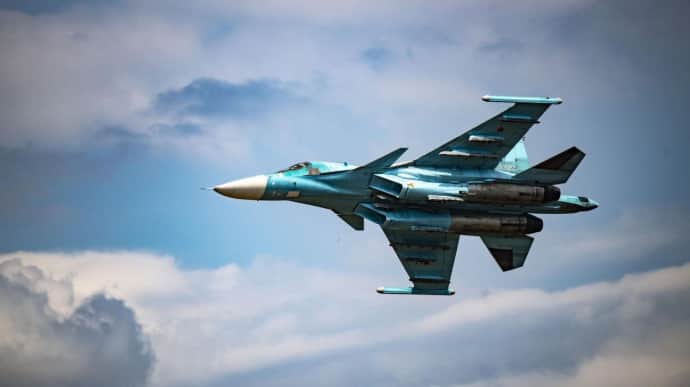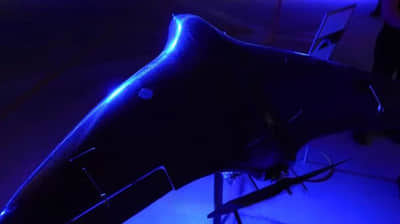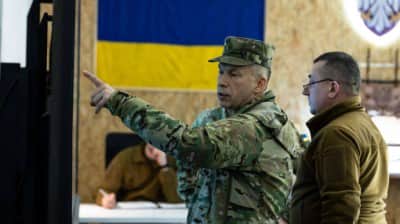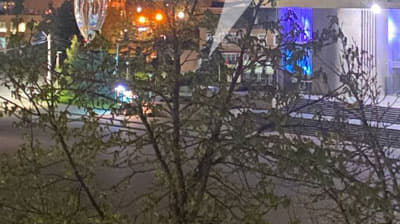Ukraine's air defence success tied to advanced missiles and tactical manoeuvres – Forbes

Forbes suggests that the success of the Armed Forces of Ukraine in shooting down Russian aircraft is linked to the use of expensive foreign missiles such as Patriot and NASAMS, as well as Russia’s "fog of war" brought on by the loss of a third of their Beriev A-50 long-range radar detection aircraft.
Source: Forbes
Details: The Air Force of the Armed Forces of Ukraine has announced that in 10 days, they have shot down 10 Russian military aircraft: 9 advanced fighter-bombers of the Russian Air Forces, specifically the Su-34 and Su-35, as well as a Beriev A-50 AWACS aircraft.
The publication notes that the Russians are losing aircraft 20 times faster than they can replace them. Subject to sanctions, the Russian aerospace industry is attempting to produce only a few dozen new combat aircraft annually.
Forbes states that it is unclear how the Ukrainians managed to shoot down so many aircraft.
The author David Axe suggests that the Ukrainian air defence forces have deployed some of their Patriot missile systems to mobile air defence groups that swiftly move along the front lines, laying in wait to intercept Russian aircraft with PAC-2 missiles that have a range of 90 miles (145 km), and then quickly relocating to avoid counterattacks.
However, the distance from which Ukrainians shot down the A-50 on Friday – 120 miles or thereabouts (almost 200 km) – suggests the use of a missile system with a longer range. Axe suggests that it might have been a S-200, which Ukrainians might have taken out of long-term storage.
At the same time, he is confident that the Ukrainians have relocated some of their two dozen NASAMS surface-to-air missile batteries with a range of 25 miles (40 km) closer to the front line. Consequently, on 26 February, the Russians identified and destroyed their first NASAMS launcher near Zaporizhzhia using a missile.
Perhaps Ukraine has deployed all the systems mentioned above and others simultaneously to create a brief moment of "shock and awe," but if that is the case, the author writes, Ukraine will soon run out of missiles for their Patriots and NASAMS, as the United States has not provided any ammunition to Ukraine since the end of December 2023.
Axe does not rule out the idea that the actions of the Russians have contributed to a sharp increase in losses of Russian aircraft. The Russian military air force conducts more sorties closer to the front line, suppressing Ukrainian forces to facilitate the advance of their ground troops.
As the Ukrainian Center for Defence Strategies explained, "The enemy has overcome the fear of using aviation directly over the battlefield, and although this results in the loss of aircraft, their ground forces gain a significant firepower advantage."
The surge in Russian strike sorties provides Ukrainian air defence with more targets, leading them to shoot down more Russian aircraft.
Ukrainian efforts are aided by the fact that Russian pilots increasingly fail to detect Ukrainian missile launches.
Previously, the Russian air force relied on nine A-50 AWACS planes, flying three "circuits" with three aircraft each in the south, east, and north, to expand sensor coverage across the entire territory of Ukraine. By damaging one A-50 with a drone strike last year and shooting down two more this year, the Ukrainians reduced sensor coverage by a third, creating blind spots where it is difficult for Russian pilots to detect approaching missiles.
Quote: "With both sides expending resources they can’t renew – the Ukrainians their American-made missiles; the Russians their Su-34s, Su-35s and A-50s – both sides in the Russia-Ukraine war are waging short-term campaigns they hope will secure them a long-term advantage.
The Ukrainian air force apparently aims to use its last few Patriot and NASAMS missiles to deplete the Russian air force and prevent future surges in bombing sorties. The Russian air force meanwhile aims to bomb more Ukrainian garrisons into submission, and help Russian ground troops to gain ground, before the Sukhoi squadrons are exhausted for a want of planes and experienced crews."
Details: The author notes that assistance from the United States would be a way out of the looming deadlock, which needs approval in the US House of Representatives. The US Senate has already approved allocating US$60 billion in new aid to Ukraine.
Support UP or become our patron!





